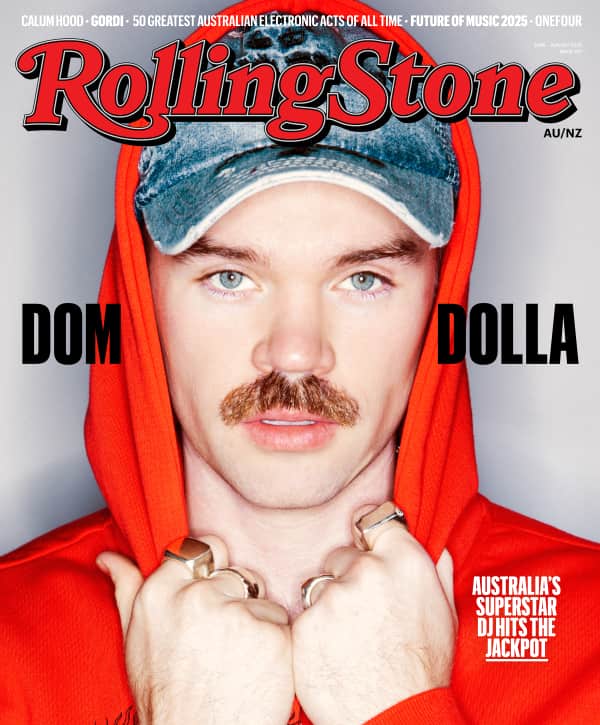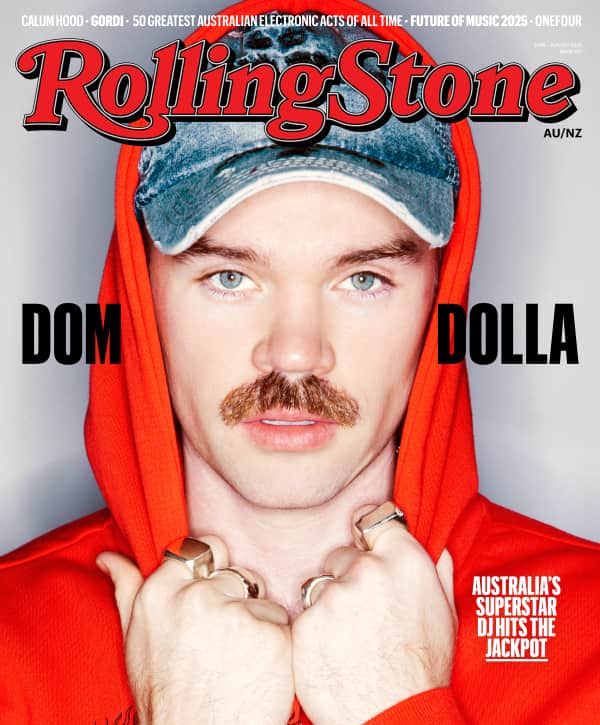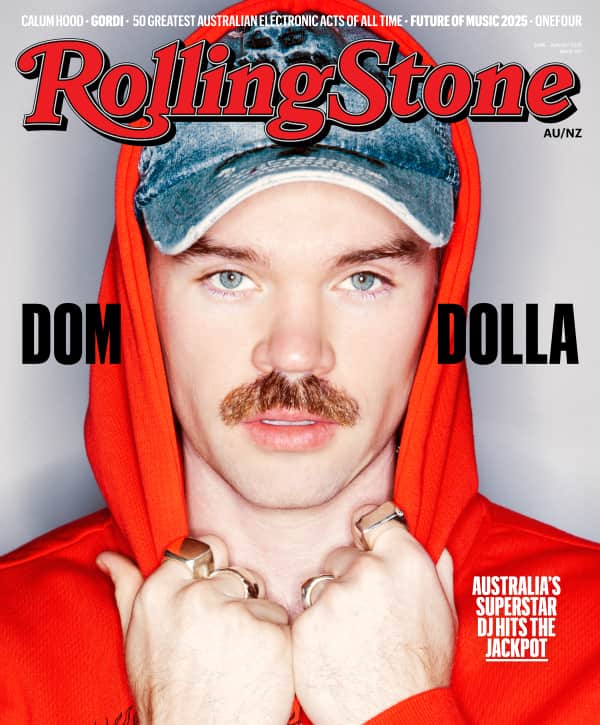Drake lost, but artistic freedom won last week when a federal court in New York dismissed the rapper’s case against UMG Recordings. The decision did more than end one of rap’s most publicized legal dramas. It drew a bright line between artistic expression and literal accusation — a distinction hip-hop artists have spent decades fighting to protect.
The case stemmed from Kendrick Lamar’s “Not Like Us,” the diss track heard ‘round the world, where Lamar called Drake a “certified pedophile.” Drake sued Universal Music Group, claiming the company promoted and profited from defamatory lyrics it knew were false. The court disagreed. In dismissing the case, Judge Jeannette Vargas ruled that the lyrics are protected under both the First Amendment and New York’s strong constitutional shield for creative expression.
Translation: diss tracks are performance, not confessions.
Judge Vargas understood something too many prosecutors and critics still miss — context matters. “Statements must first be viewed in their context,” she wrote, meaning no reasonable listener would treat a rap lyric like the 5 o’clock news. Hip-hop is built on exaggeration, metaphor, and competition — the art of saying too much to make a point. To treat that as factual truth isn’t just tone-deaf, it’s unconstitutional. Yet prosecutors have been doing just that for years. Instead of proving their case with solid evidence, prosecutors try to take shortcuts by weaponizing rap lyrics, leveraging over forty years of hostile media treatment of rap—and rap’s own rugged artistic tradition — to confuse juries and introduce racial bias.
The court also rejected a dangerous idea that’s become all too common: that viral outrage can somehow rewrite legal reality. As Judge Vargas put it, in a world where billions of people are online, “support for almost any proposition, no matter how far-fetched,” can be found in seconds. Just because fans or trolls take a lyric literally doesn’t make it defamatory. The internet doesn’t decide what’s true — the law does.
This decision isn’t just about Drake and Kendrick. Hip-hop has always been the voice of the streets — raw, fearless, and unfiltered. Rappers have used their music to document racism, inequality, and resilience — to tell the stories America doesn’t want to hear. To confuse that creative expression with criminal intent is to weaponize culture against the very people who created it.
Thankfully, the tide is turning. In 2022, California Governor Gavin Newsom signed the Decriminalizing Artistic Expression Act, the first law in the nation to limit the use of rap lyrics and other creative works as evidence in court. That landmark legislation sent a message across the country: art is not a crime.
Love Music?
Get your daily dose of everything happening in Australian/New Zealand music and globally.
Now Congress needs to take that protection nationwide by passing the Restoring Artistic Protection (RAP) Act of 2025. This bipartisan bill would amend evidentiary rules to prevent creative expression from being admitted except under specific circumstances. If prosecutors want to use creative expression as evidence—whether lyrics, poems, scripts, or a novel— they would need to prove by clear and convincing evidence that an artist intended their work to be interpreted literally and that it directly references the specific crime being alleged.
Put simply, the RAP Act protects metaphor from being mistaken for motive.
This would codify what Judge Vargas’s opinion already affirms: artistic speech is essential to a functioning democracy, not an accessory to crime. It would also ensure that artists don’t have to rely on the luck of a culturally fluent judge to protect their rights. The RAP Act would create national consistency where bias currently reigns — stopping prosecutors from using art to inflame jurors’ fears instead of proving facts.
Drake’s lawsuit was never about whether Lamar’s lyric was true. It was about whether the law can still tell the difference between storytelling and statement, persona and personhood. The court answered yes — decisively. But until Congress enshrines that distinction into federal law, artists will remain at risk of seeing their imagination turned against them.
The Graham v. UMG Recordings decision is more than a legal victory. It’s a cultural reset — a reminder that art exists to provoke, question, exaggerate, and, yes, even offend. If we allow prosecutors, juries, or online mobs to collapse metaphor into confession, we’ll silence the very voices that challenge power most effectively.
Protecting that freedom isn’t indulgence — it’s the foundation of creative democracy. The RAP Act is how we make sure the law keeps the beat.
Dina LaPolt is an entertainment attorney, activist, and author of Street Smart: Succeeding in a Man’s World; Willie “Prophet” Stiggers is the Chairman and CEO of the Black Music Action Coalition; Jack Lerner is Clinical Professor of Law at the University of California, Irvine School of Law and is the co-author of Rap on Trial: A Legal Guide for Attorneys (Second Edition, 2024). Special thanks to University of Texas School of Law student Chandler Lawn.
From Rolling Stone US



































